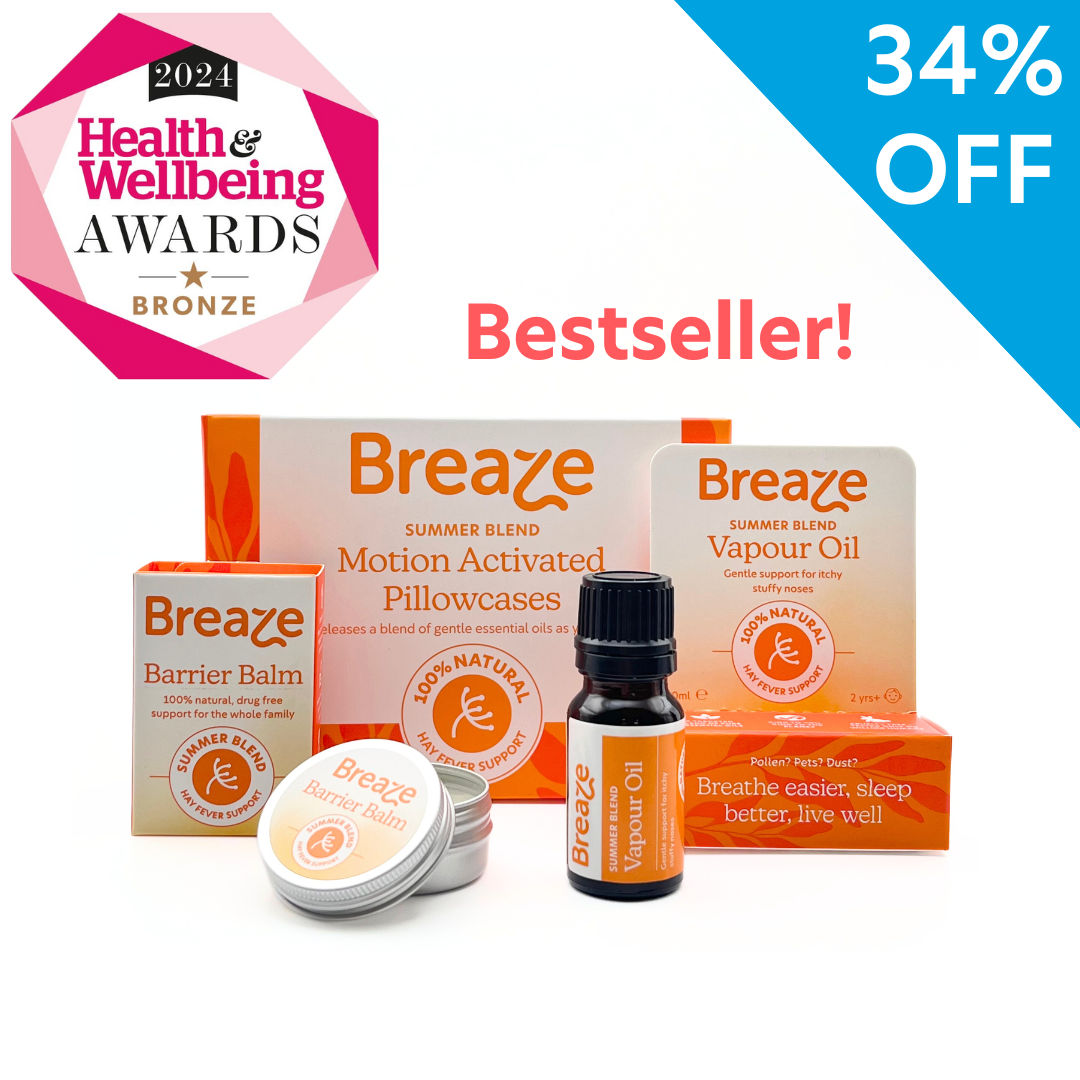Birch - this month's pollen enemy. But is it all bad?
With its silver, papery bark and zingy green leaves, silver birch trees herald the start of spring. They're pretty to look at but they signal the start of serious hay fever for millions of us.
Around 25% of people with hay fever are sensitive to Birch pollen and this year we're in for a double dose.

According to Dr Beverly Adams-Groom, pollen expert from the University of Worcester, Birch pollen has a biennial pollen production. "One year it produces huge amounts of pollen followed by a year where pollen production is lower." You guessed it, this year Birch is in high pollen production. And that's not all, "On top of that we had a very hot summer last year. The pollen is set in the buds during June for the following spring, and with a fairly mild winter this year, the conditions are perfect for a huge pollen load." she explains.
But the trees look so lovely, surely they can't be all bad? I was curious so I started to look at whether Birch has any health benefits.
Turns out there are quite a few upsides to this hay fever nasty.
Birch bark extract has a long history of use in traditional herbal medicine. Its bark contains high levels of bitulin which gives it its distinctive white colour. Birch bark oil was used in folk medicine for the treatment of skin diseases (eczema, psoriasis) [4] and Native Americans used the bark to prepare teas for the treatment of digestive tract infections [5]. More recently, studies of betulinic acid have shown a wide range of anti-inflammatory, antimalarial, anti-viral and antiseptic benefits [8,9] One 2019 study even showed encouraging results in slowing down the reproduction of some human cancer cells.
Birch tea is thought to help with inflammation in the joints and digestive system. Since 80% of our immune system is located in the gut, anything that helps reduce inflammation there could be helpful in balancing the histamine response that causes hay fever and allergies. It's available to buy online but at this time of year you can make your own. Gather a handful of leaves and peel off a few bits of the papery bark and add them to a cup of freshly boiled water for a few minutes. Then strain and enjoy. I'm off to try it myself right now!


